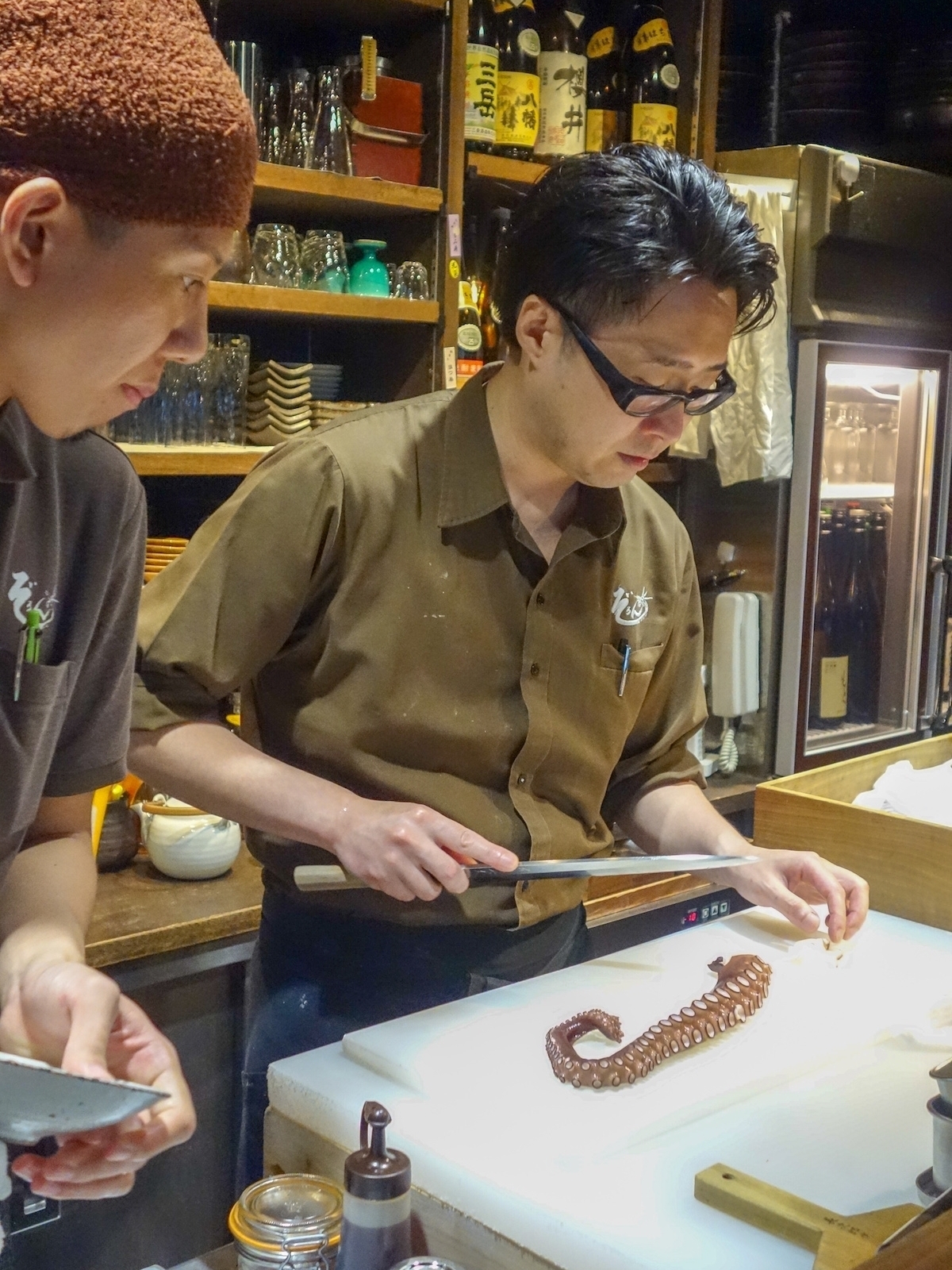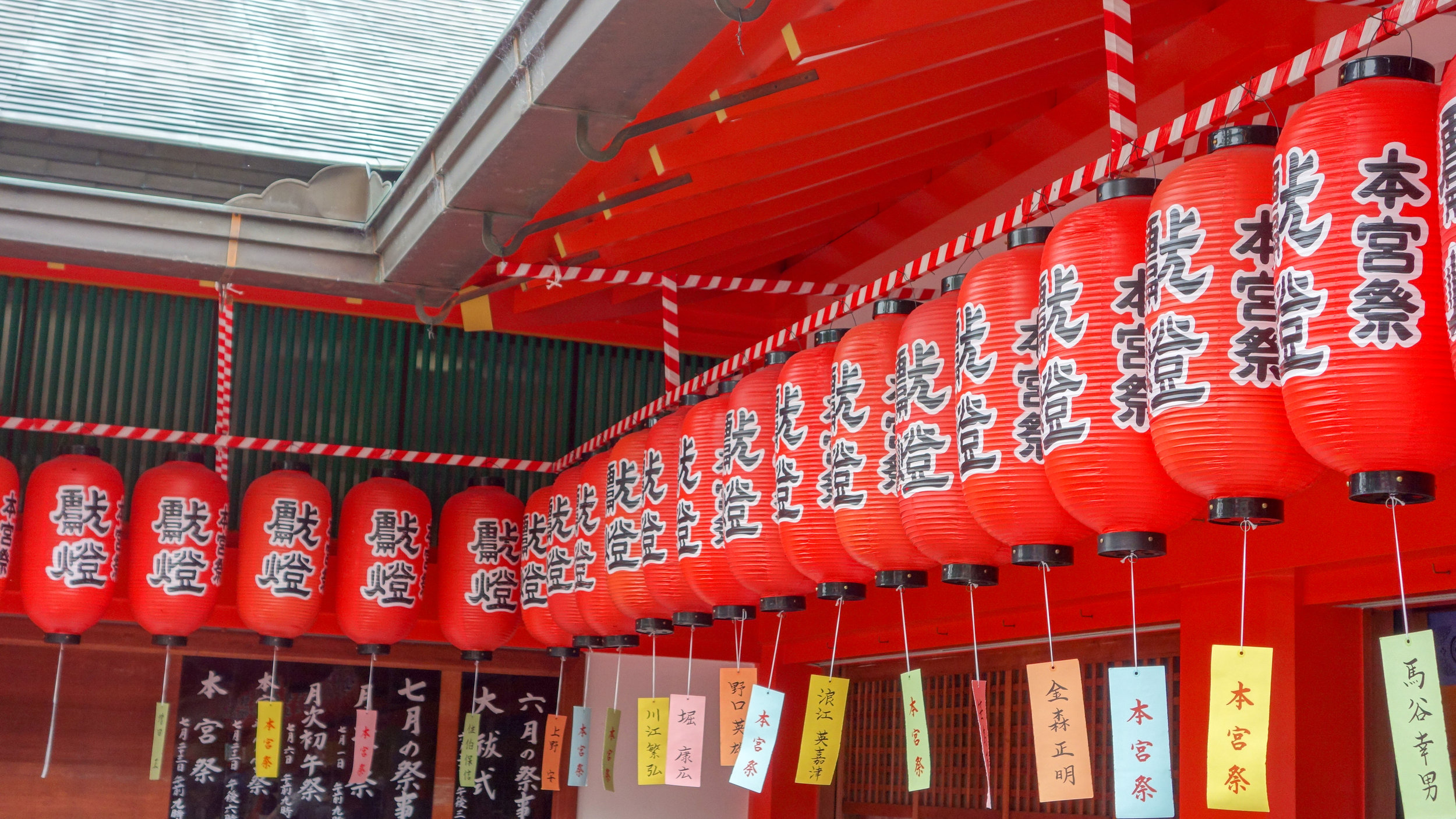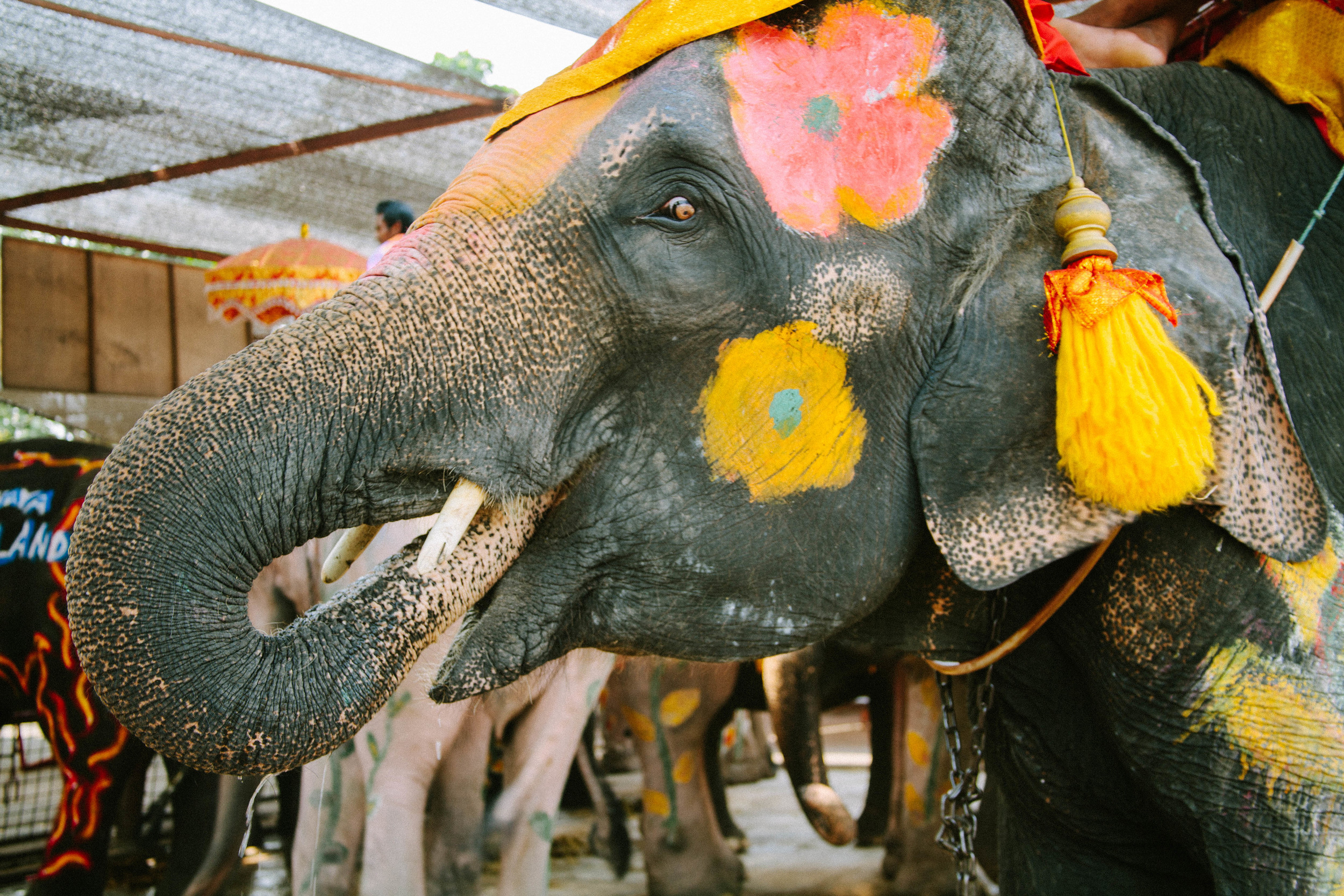Brittney Disov is a freelance virtual assistant based in Chicago, Illinois. Her curious disposition and deep love of travel has emboldened her to launch a travel and lifestyle blog that highlights the magical, diverse and kind world we live in. She enjoys museums, yoga and dining out at new eateries. Here she shares with us a complete guide to Kyoto, Japan.
Kyoto will forever be a gem nestled in my memory that continues to shine bright day in and day out. It’s hard not to become infatuated with its beauty, history, and serenity. Kyoto is one of those cities that everyone must see at least once in their life. The city boasts of traditional Japanese architecture and culture, cuisine, equipped with 17 Unesco World Heritage sites, more than 1500 Buddhist temples and 400+ Shinto shrines. If that doesn’t entice you, what will?
LANGUAGE
The Japanese language is spoken throughout the country of Japan and Kyoto is no exception. Very few people speak English so it is good to prepare yourself with some basic knowledge that will help you during your stay.
Hello: Kon'nichiwa
Please: Onegaishimasu
Thank you: Arigatō
Yes: Hai
No: Īe
Goodbye: Sayōnara
GENERAL TIPS
- For women, It is best to dress conservatively especially when visiting shrines and temples. A good rule of thumb is to ensure your shoulders and chest are covered.
- If you’re traveling via taxi, know your destination (preferably in Japanese characters) since most do not speak English.
- Get yourself a PASMO card. It’s a smart card you load money onto which makes traveling much more convenient. Buses, trains and most taxis accept them and they work in most major cities of Japan.
- Pay attention to the signs when you're walking around especially at the train stations. There are directional arrows that direct people exactly where to walk. It’s brilliant. No confusion, and it helps prevent people traffic jams.
- Please, please, please keep your garbage with you. An important part of Japanese culture and religion is cleanliness. Physically, spiritually and environmentally; therefore you will not find many garbage cans nor will you ever see garbage on the streets. Please follow suit and respect these ancient traditions.
- At traditional Japanese restaurants, people remove their shoes upon entering and they eat on the floor. So take notice if you see a pile of shoes as you enter the building.
KYOTO ACCOMODATION
If you prefer to be in close proximity to major points of interest, restaurants and shopping you should consider staying in downtown Kyoto or the Higashiyama area. Both of these areas offer budget and luxury accommodation. For more of a traditional Japanese experience, stay at a Ryokan in Kyoto. A Ryokan is a Japanese-style inn that offers a unique hospitality experience that dates back centuries ago.
If you’re searching for a more lavish and relaxing place to stay that is further away from the hustle and bustle of the city, I suggest Suiran, A Luxury Collection— located right along the Hozu river. Our Kyoto accommodation gave us a luxury Ryokan experience that I’m planning one day to come back to! The hotel is situated among elaborate gardens, with views of the peaceful river and the Arashiyama Bamboo Forest. The suites are equipped with private onsens (open air baths).
SHOPPING IN KYOTO
Be sure not to miss an opportunity for some shopping in Kyoto. If you’re an antique lover you’ll be in heaven wandering down Shinmonzen-dori (street) with endless shops! You could easily pick up a beautiful traditional Japanese painting on scroll for under $100. If you’re not called to antiques and prefer more modern goods you can explore Shinkyogoku and Teramachi shopping arcades.
WHERE TO EAT
The food in Kyoto is exquisite. If you’re already a Japanese cuisine lover like I am, there is no doubt in my mind you’ll fall deeper in love with it during your visit. If you aren’t— I’m convinced you’ll become one! For an exciting and sensational experience check out Nishiki Market. To beat the crowds go early or later in the day. You’ll find varied shops stocked with seafood, fruits, vegetable, noodles, sushi, things you’ve never seen, smelled or heard of before. It’s a really cool experience and don’t forget your camera!
You cannot miss out on eating Okonomiyaki! It is a savory Japanese pancake that is a mixture of foods such as seafood or meat, egg yolks, flour, cabbage, and other veggies grilled on a skillet and topped with delicious condiments. Try to visit a place that specializes in the Japanese pancake and sit at the bar to get a great visual of the entire process from start to finish.
Obviously you have to have Japanese ramen noodles whilst in Japan. Ramen is made up of either a miso or pork broth, homemade noodles, topped with vegetables, seaweed and sliced meat and a soft boiled egg. I encourage you to add chili sauce to your bowl and crank up the heat a notch or two.
If you’ve come to Japan be sure to carve out plenty of time to indulge in some of the best quality sushi! There are loads of sushi restaurants in Kyoto from casual to fine dining so finding a restaurant to meet your budget needs shouldn’t be a problem.
If you're visiting in warmer months be sure to taste cold soba, traditionally made with buckwheat noodles that accompany a dipping soy sauce.
PLACES TO VISIT
Kinkaku-ji (The Golden Pavilion)
Visit the incredible Buddhist hall containing relics of Buddha, surrounded by water and elaborate gardens. It’s on the list of one of the 17 world cultural heritage sites that is definitely worth your time.
Nijo-jo Castle
This impressive imperial palace completed construction in 1603, was home to the founder and first Shogun, Tokugawa. A Shogun is the equivalent to an emperor or the head of state. Enjoy a walk through this castle and spend time exploring the grounds, gardens, cherry trees, paintings, and fortifications. One of my favorite features of the palace is the nightingale floors, floors that squeak when you walk—very clever. I suggest you hire a guide to explain the history of this castle if you can, it was well worth it!
Arashiyama Bamboo Grove
Take a walk or bike ride through the lush forest of bamboo trees and you’ll instantly be captivated.
Jojakko-ji
Located in the Arashiyama and Sagano are, is a smaller buddhist temple based atop a mossy knoll surrounded by alluring maple trees.
Fushimi Inari Shrine
The most memorable and iconic shrine in all of Kyoto is the Fushimi Inari Shrine. You should plan to spend a few hours here, the entire complex is made up of 5 shrines, endless torii gates, and trail up the mountain lined with sub-shrines.
See a traditional Japanese Geisha dance
Typically held in the spring and fall. A Japanese Geisha is a highly skilled entertainer that has intensely trained in the Japanese arts. They perform at high end dinners, private events and private parties. Rest assured there are cheaper options available and your Kyoto hotel or Ryokan can help you source tickets.
To keep up with Brittney's travels, follow her Instagram @culturalcuriosity and her blog myculturalcuriosity.com
Find further updates on her Facebook and Twitter
Images courtesy of Brittney Disov
DID THIS STORY INSPIRE YOU?
If you enjoyed this piece and would like more content like this, please consider a donation to Spirited Pursuit.






















